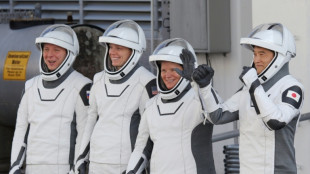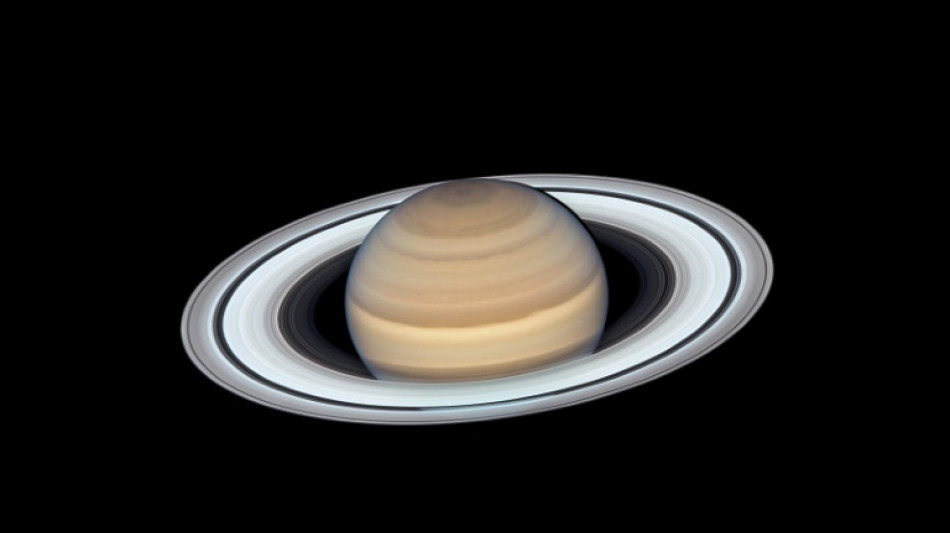
-
 Israel's Gaza plan risks 'another calamity': UN official
Israel's Gaza plan risks 'another calamity': UN official
-
Israel PM says new plan for Gaza 'best way to end the war'

-
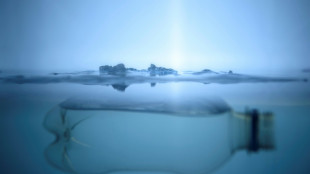 Indigenous communities plead for action at plastic pollution talks
Indigenous communities plead for action at plastic pollution talks
-
Power-packed David slams 83 as Australia beat South Africa in 1st T20

-
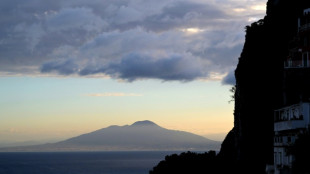 Italy's Mount Vesuvius closed to tourists as wildfire rages
Italy's Mount Vesuvius closed to tourists as wildfire rages
-
'Challenging day' for firefighters battling huge blaze in France

-
 Antonio Banderas rules out retirement as he turns 65
Antonio Banderas rules out retirement as he turns 65
-
Israel far right presses Netanyahu for decisive win against Hamas

-
 Salah criticises UEFA for 'Palestinian Pele' tribute: 'Tell us how he died'
Salah criticises UEFA for 'Palestinian Pele' tribute: 'Tell us how he died'
-
Italian Brainrot: the AI memes only kids know
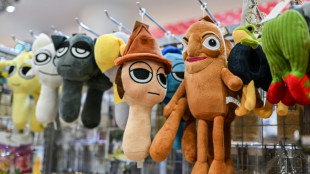
-
 Son Heung-min makes instant impact in LAFC debut
Son Heung-min makes instant impact in LAFC debut
-
Armenians caught between hope and distrust after accord with Azerbaijan
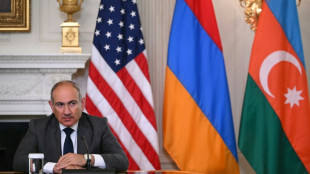
-
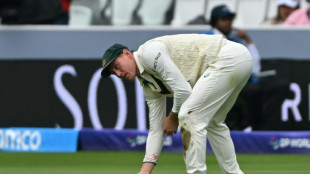 Dropped Australian Test star Labuschagne plots Ashes return
Dropped Australian Test star Labuschagne plots Ashes return
-
European leaders urge more 'pressure' on Russia ahead of Trump-Putin summit

-
 Defending champs Sinner, Sabalenka make winning starts in Cincinnati
Defending champs Sinner, Sabalenka make winning starts in Cincinnati
-
Teen darts sensation Littler wins first World Series crown of year

-
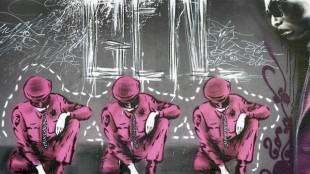 Saudi Electricity Company Reports 22% Net Profit Growth in Q2 2025
Saudi Electricity Company Reports 22% Net Profit Growth in Q2 2025
-
Fleetwood clings to one-stroke PGA St. Jude lead over Rose

-
 Messi to miss Miami's MLS Orlando clash
Messi to miss Miami's MLS Orlando clash
-
Nunez leaves Liverpool to join Saudi's Al-Hilal

-
 Sinner storms to quick-fire opening win in Cincinnati
Sinner storms to quick-fire opening win in Cincinnati
-
Thousands protest in Tel Aviv against Israeli govt move to expand Gaza war

-
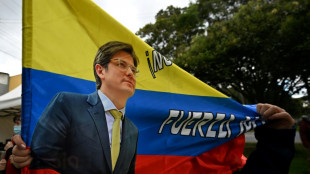 Colombian presidential hopeful in critical condition again: doctors
Colombian presidential hopeful in critical condition again: doctors
-
PSG complete signing of French goalkeeper Chevalier

-
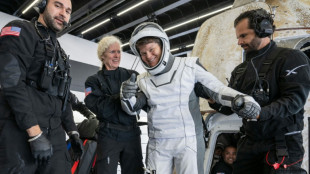 Four astronauts home from space station after splashdown
Four astronauts home from space station after splashdown
-
US star Chen will not defend Olympic figure skating gold in Italy

-
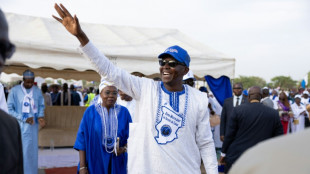 Chad court jails ex-PM, opposition leader for 20 years
Chad court jails ex-PM, opposition leader for 20 years
-
Momentum sagging at UN plastic pollution treaty talks

-
 Designer says regrets Adidas 'appropriated' Mexican footwear
Designer says regrets Adidas 'appropriated' Mexican footwear
-
UK arrests 365 backing banned pro-Palestine group
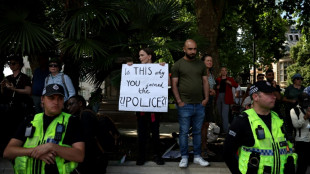
-
 Pawol becomes first woman to umpire in MLB
Pawol becomes first woman to umpire in MLB
-
Norris 'all good' after NFL game-stopping pre-season injury

-
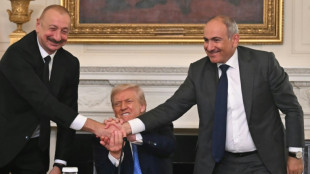 Russia cautious on Armenia-Azerbaijan deal, Iran reject border corridor
Russia cautious on Armenia-Azerbaijan deal, Iran reject border corridor
-
West Ham sign Leicester goalkeeper Hermansen

-
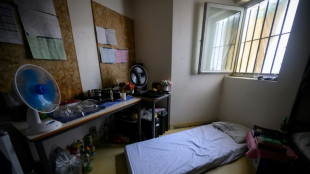 Overcrowded French prison swelters in 'unbearable' heat
Overcrowded French prison swelters in 'unbearable' heat
-
UK arrests 200 backing banned pro-Palestine group

-
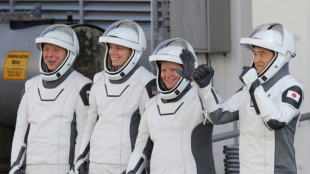 Four astronauts leave space station for trip back to Earth
Four astronauts leave space station for trip back to Earth
-
UN plastic pollution treaty talks floundering

-
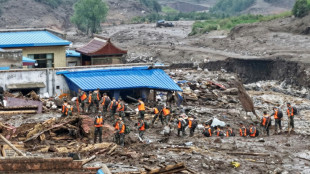 Death toll from northwest China floods rises to 13
Death toll from northwest China floods rises to 13
-
Greeks count cost of wildfire 'tragedy' near Athens

-
 Historic Spanish mosque-cathedral reopens after blaze
Historic Spanish mosque-cathedral reopens after blaze
-
Massive French wildfire contained but 'not under control'
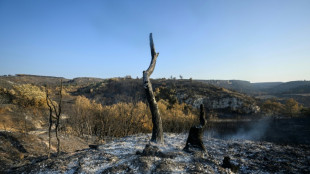
-
 Sesko completes Manchester United's new-look forward line-up
Sesko completes Manchester United's new-look forward line-up
-
Manchester United sign forward Benjamin Sesko: club

-
 Kyiv won't give up land, says Zelensky as US-Russia summit confirmed
Kyiv won't give up land, says Zelensky as US-Russia summit confirmed
-
Kyiv won't give up land, says Zelensky as US-Russia confirm summit

-
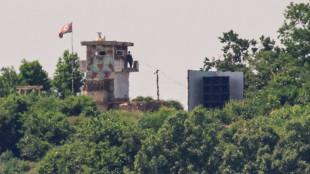 North Korea removing border loudspeakers: Seoul military
North Korea removing border loudspeakers: Seoul military
-
Gunman kills police officer near Atlanta CDC headquarters

-
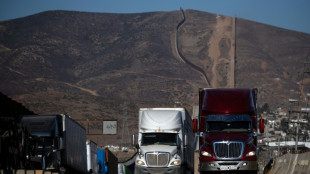 Mexico discounts risk of 'invasion' after Trump order to target cartels
Mexico discounts risk of 'invasion' after Trump order to target cartels
-
Nawaz sparks Pakistan to five-wicket ODI win over West Indies

| RBGPF | 1.7% | 73.08 | $ | |
| CMSC | 0.39% | 23.05 | $ | |
| SCU | 0% | 12.72 | $ | |
| RELX | -2.2% | 48 | $ | |
| AZN | -0.69% | 73.55 | $ | |
| RIO | 1.76% | 61.86 | $ | |
| GSK | 0.58% | 37.8 | $ | |
| VOD | 0.88% | 11.36 | $ | |
| CMSD | 0.25% | 23.58 | $ | |
| SCS | -0.76% | 15.88 | $ | |
| NGG | -1.51% | 71.01 | $ | |
| BTI | 0.96% | 57.24 | $ | |
| JRI | 0.19% | 13.435 | $ | |
| BCC | -1.34% | 82.09 | $ | |
| RYCEF | -0.14% | 14.42 | $ | |
| BCE | 2.34% | 24.35 | $ | |
| BP | -0.15% | 34.14 | $ |

Long lost moon could have been responsible for Saturn's rings
Discovered by Galileo 400 years ago, the rings of Saturn are about the most striking thing astronomers with small telescopes can spot in our solar system.
But even today, experts cannot agree on how or when they formed.
A new study published Thursday in the prestigious journal Science sets out to provide a convincing answer.
Between 100-200 million years ago, an icy moon they named Chrysalis broke up after getting a little too close to the gas giant, they conclude.
While most of it made impact with Saturn, its remaining fragments broke into small icy chunks that form the planet's signature rings.
"It's nice to find a plausible explanation," Jack Wisdom, professor of planetary sciences at MIT and lead author of the new study, told AFP.
Saturn, the sixth planet from the Sun, was formed four and a half billion years ago, at the beginning of the solar system.
But a few decades ago, scientists suggested that Saturn's rings appeared much later: only about 100 million years ago.
The hypothesis was reinforced by observations made by the Cassini probe, which orbited Saturn from 2004 to 2017.
"But because no one could think of a way to make the rings 100 million years ago, some people have been questioning the reasoning that led to that deduction," said Wisdom.
By constructing complex mathematical models, Wisdom and colleagues found an explanation that both justified the timeline, and allowed them to better understand another characteristic of the planet, its tilt.
Saturn has a 26.7 degree tilt. Being a gas giant, it would have been expected that the process of accumulating matter that led to its formation would have prevented tilt.
- Gravitational interactions -
Scientists recently discovered that Titan, the largest of Saturn's 83 moons, is migrating away from the planet, at a rate of 11 centimeters a year.
This changes the rate at which Saturn's axis of tilt loops around the vertical -- the technical term is "precession." Think of a spinning top drawing circles.
Around a billion years ago, this wobble frequency came into sync with Neptune's wobbly orbit, creating a powerful gravitational interaction called "resonance."
In order to maintain this lock, as Titan kept moving out, Saturn had to tilt, scientists argued.
But that explanation hinged on knowing how mass was distributed in the planet's interior, since the tilt would have behaved differently if it were concentrated more at its surface or the core.
In the new study, Wisdom and colleagues modeled the planet's interior using gravitational data gathered by Cassini during its close approach "Grand Finale," its last act before plunging into Saturn's depths.
The model they generated found Saturn is now slightly out of sync with Neptune, which necessitated a new explanation -- an event powerful enough to cause the drastic disruption.
Working through the mathematics, they found a lost moon fit the bill.
"It's pulled apart into a bunch of pieces and those pieces subsequently get pulled apart even more, and gradually rolls into the rings."
The missing Moon was baptized Chrysalis by MIT's Wisdom, likening the emergence of Saturn's rings to a butterfly emerging from a cocoon.
The team thinks Chrysalis was a bit smaller than our own Moon, and about the size of another Saturn satellite, Iapetus, which is made entirely of water ice.
"So it's plausible to hypothesize that Chrysalis is also made of water ice, and that's what it needs to make the rings, because the rings are almost pure water.
Asked whether he felt the mystery of Saturn's rings stood solved, Wisdom replied, soberly, "We've made a good contribution."
The Saturn satellite system still holds "a variety of mysteries," he added.
P.Tamimi--SF-PST

